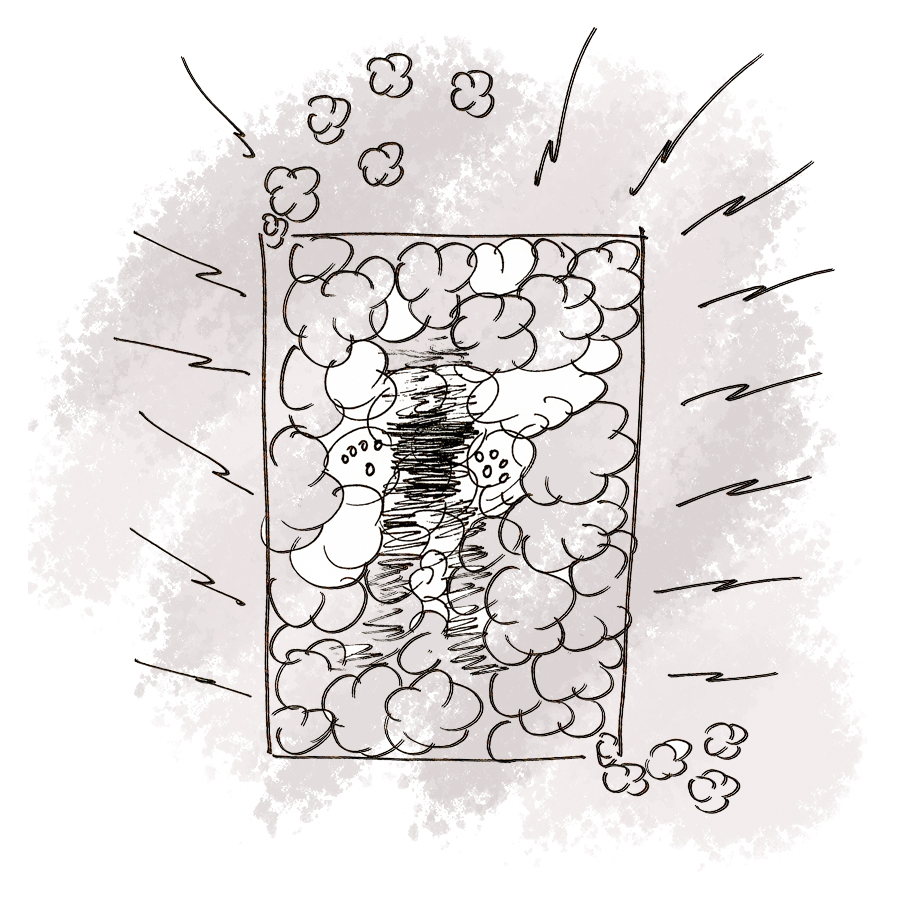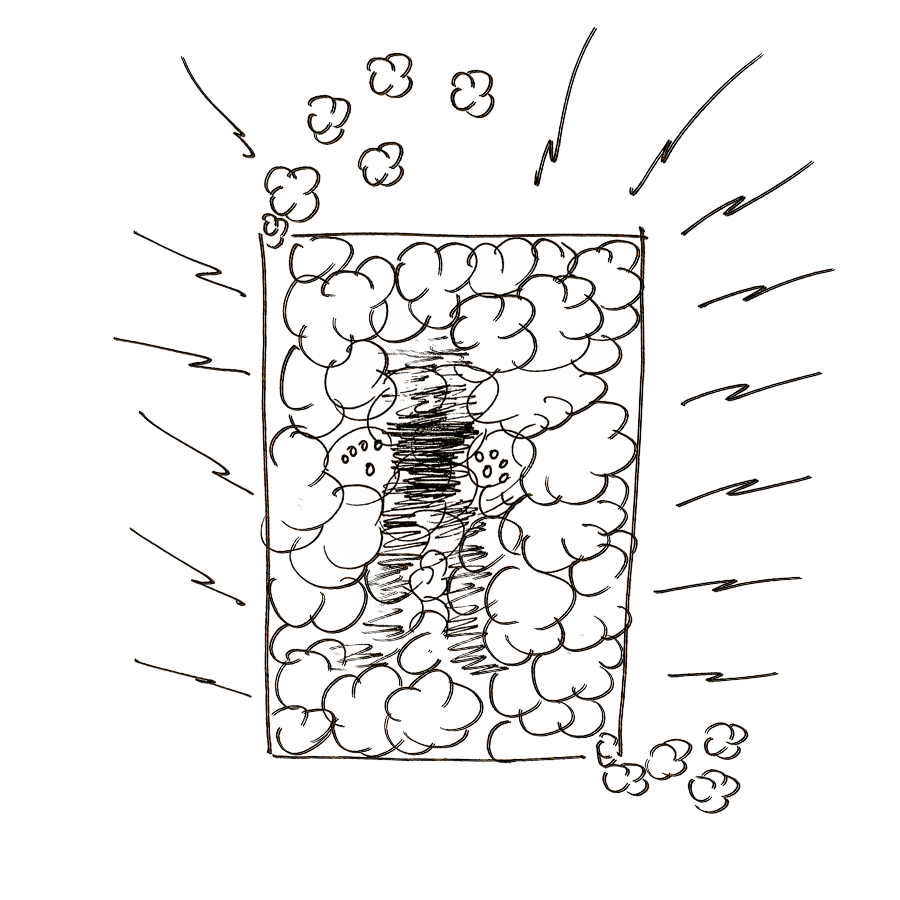Breathing Difficulties

For the last three years, Covid long haulers have had to become their own advocates and researchers as they lobby for recognition, funding and proper healthcare. Their knowledge has been hard-won against a backdrop of sickness. They’ve pushed through symptoms that ravaged their previously able-bodies and become the experts of their own disease.
That is why we decided that all the symptoms on this website should be written by patients, for patients. As our co-founder Jenene Crossan says “They poured their hearts, their souls and their deep determination to find just enough energy to put their experiences down for others to benefit from”.
Although we do not intend to give medical advice, the articles have been fact-checked by a wonderful doctor who is suffering from Long Covid too.
About the author
I caught Covid during the first Omicron wave in May 2022, aged 28. At the time, I was working hard on improving my cardio fitness – but then those dreaded double lines showed up on the RAT. After my diagnosis, I spent one week feeling terrible with symptoms such as breathing difficulties, fatigue and headaches.
After complete whakatā | rest for two weeks, I gradually eased back into mahi | work. I was determined not to overdo it, and fortunately, overall my recovery went well. However I did experience some lingering symptoms, including brain fog, fatigue and an unexpected sense of claustrophobia.
I continued to improve and did little or no exercise for two months, then rejoined the gym to get my fitness back on track. Less than a week later and still less than 90 days since my first infection, I caught Covid-19 again.
The second round felt much more bearable, with just a sore throat for a couple of days and some fatigue. Nevertheless, I took the week off mahi | work and rested. Once my isolation period was up, I immediately got back to normal life and the gym. A couple of weeks later, I caught an upper respiratory tract infection, which triggered a severe asthma flare-up. Since then, there’s been an onslaught of various symptoms and illnesses, most of which I’d never experienced before Covid-19.
I now live with constant fatigue, brain-fog episodes, unexplained gut disturbances, swallowing problems, intermittent pain and breathing difficulties. I have yet to receive an official diagnosis of Kowheori Roa | Long Covid.
– Female, NZ European, Tāmaki Makaurau/Auckland

